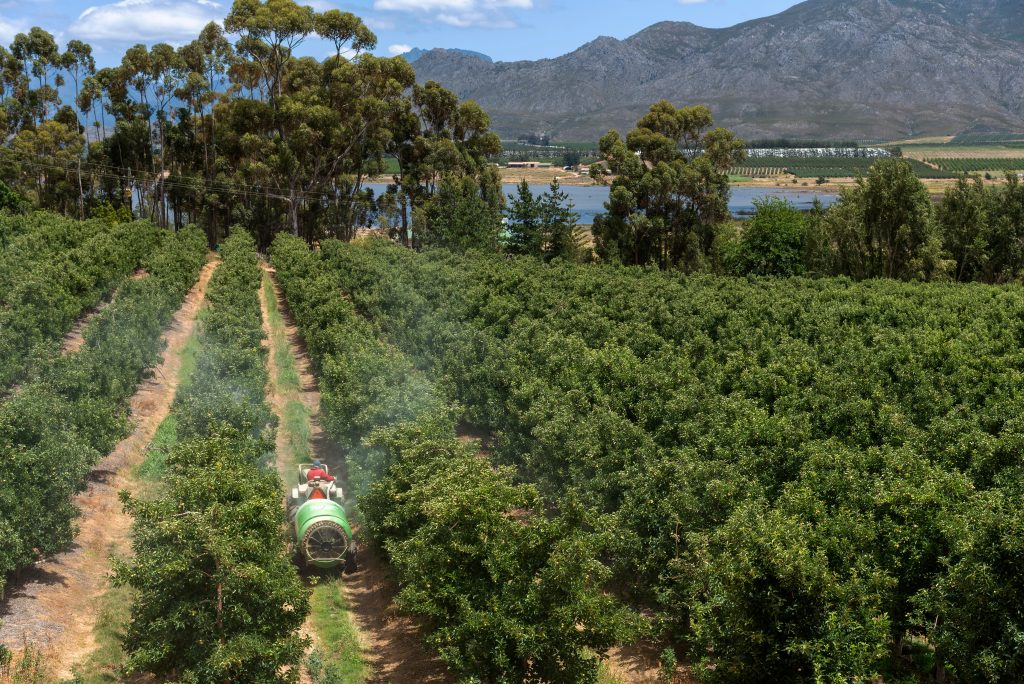
When it comes to Plant Protection Product (PPP) registrations data across countries a question arises: How much drift will be during pesticide application? If drift reduction equipment and techniques are straightforward, why environmental buffer zone legislations are so different from country to country?
Buffer spraying zones define the areas designated as a no spray zone between sensitive ecosystems and the crop being sprayed and they are based on different pesticide legislation backgrounds. For example, in Europe aerial pesticide applications are forbidden, whereas in the US and Canada are allowed thus, aerial buffer zones should be omitted in the former whilst defined in the latter. Even in the same continent differences rise up: on the one hand, USA’s agency EPA developed a buffer zone calculator for “Gas fumigants” however, on the other hand, Canada´s buffer zone calculator cannot be used for “Gas fumigants” since it is only available for “Sprayers”.
Scope varies within Europe as well. For instance, when it comes to drift reduction technology, German legislation classifies drift reduction equipment in three categories depending on the percentage of drift reduced: 50%, 75% and 90%. Conversely, French legislation sets categories from 66% drift reduction or more.
In other countries like Brazil and Argentina, buffer zone legislations are currently under development, with national, regional and local authorities involved in both countries. In addition, Argentinian judges could define and establish buffer zones distances in certain situations. Conversely, countries such as Japan, where buffer zone legislation does not exist, pesticides could be even applied on water bodies e.g. flooded rice fields.
In this complex and variable global scenario, Homologa stands out as the most advanced solution in the market for buffer zones data at the international level. Our database integrates all cases defined by legislations and official tools available in each of the different countries providing buffer zones data, harmonizing, and combining it with the current available PPP data. Regardless buffer zones complexity, Homologa offers fully digital machine-readable data, allowing users to know exactly where and when pesticides can be applied and therefore to support them with market (and residue) compliance, defined by environmental legislations for any agriculture output.
Visit Homologa® or contact us for further information about our buffer zones dataset or any of the different datasets currently available in our database.

